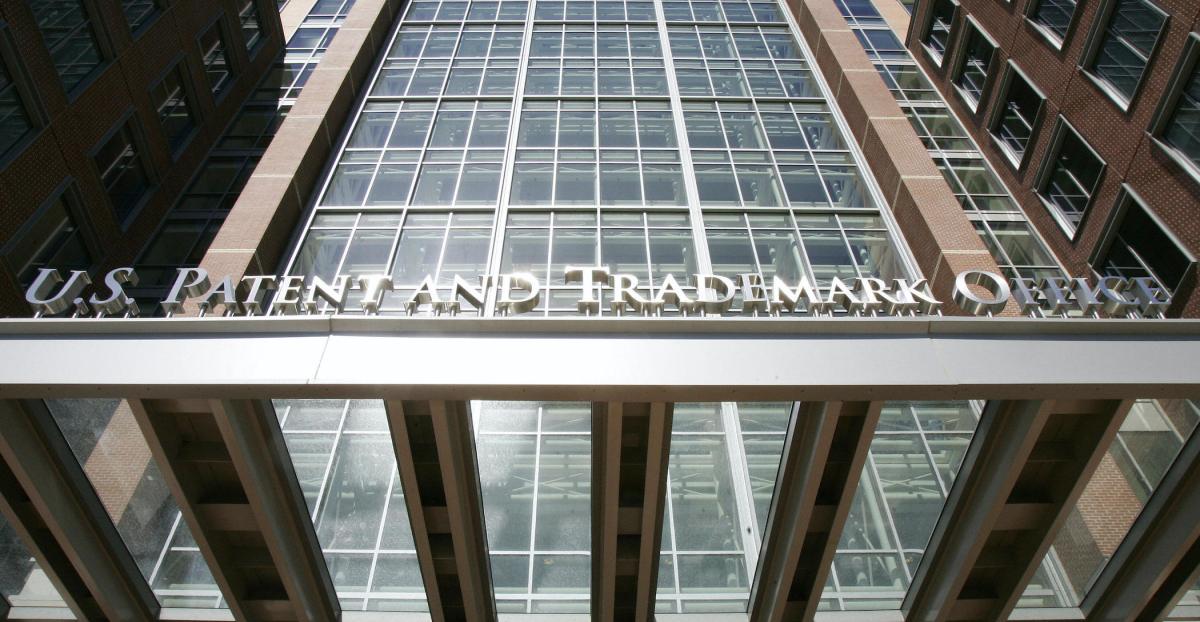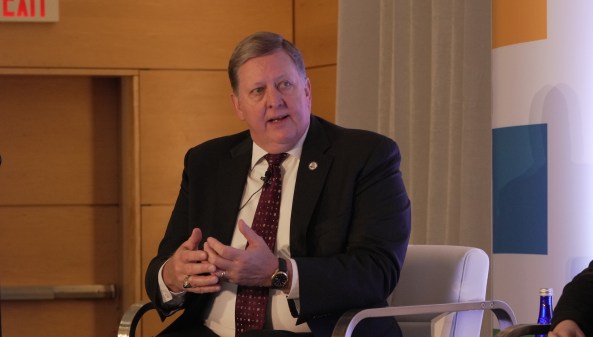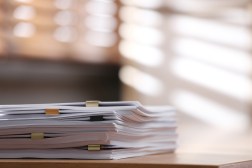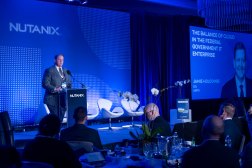Machine learning speeding up patent classifications at USPTO

Machine learning is helping the U.S. Patent and Trademark Office shorten the time it takes to assign patent applications to examiners, instead of having to redo its entire classification process, according to CIO Jamie Holcombe.
USPTO sent its top engineers to Google on the East and West coasts to learn more about ML and TensorFlow application programming interfaces.
Now those engineers are using Python with TensorFlow to apply ML to patent classification, search and quality.
“We immersed them in the culture, and they got Googly,” Holcombe said during an ACT-IAC event Wednesday. “They got certified in TensorFlow, which is the open-source library for a lot of neural network feedback loops.”
USPTO has patent examiners use those feedback loops to rate how well ML algorithms are classifying patent applications to the art units and examiners that evaluate them, as well as search for algorithms in the system.
Despite having 250 years of historical data to train its algorithms with, USPTO relies primarily on daily feedback from examiners to ensure they’re working.
The agency is also hiring vendors to classify patent applications and comparing those classifications against its own algorithms. Having vendors and patent examiners working in tandem further refines the algorithms, Holcombe said.
“There always could be a black swan, and that’s what you’re trying to prevent in the curation of your data moving forward,” Holcombe said. “Black swans have to be cared for and handled and managed appropriately, or else it will break the system.”
USPTO remains in the early stages of ML use, in part because it’s still cleaning its data. While the agency uses robotic process automation (RPA) for clerical and administrative processes, it’s still getting used to the technology before applying it to patent and trademark workflows, Holcombe said.
Holcombe said he doesn’t believe AI yet exists, but there’s a spectrum of automation technologies with RPA at one end and more advanced neural networks at the other.




